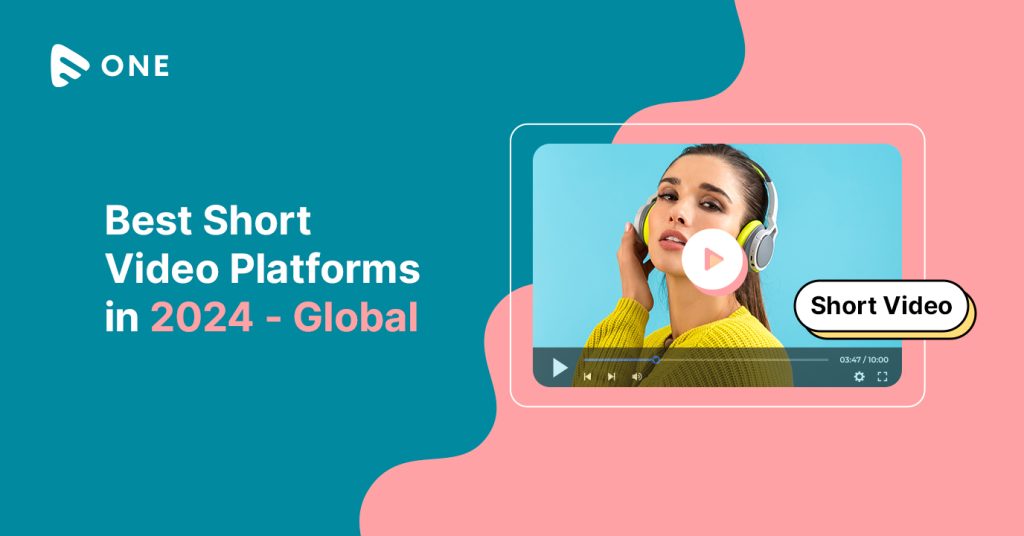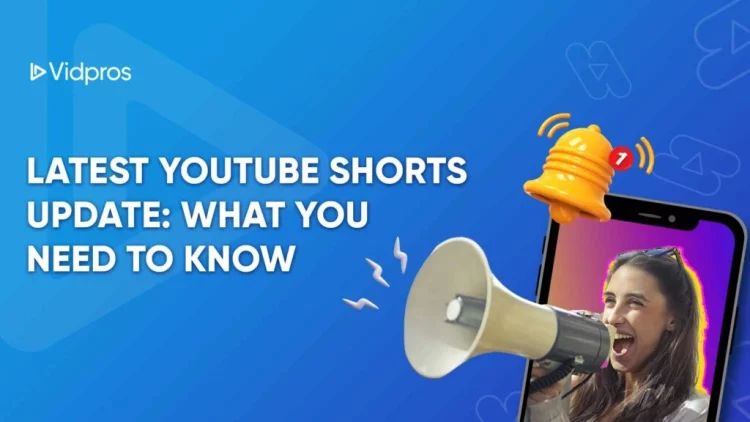1. The Rise of the Scroll: A Cultural Turning Point
In the 21st century, the rapid development of mobile internet, combined with the near-universal availability of smartphones, has revolutionized how people consume information and entertainment. Among the most transformative changes is the emergence of the “scroll” culture — the habitual, endless movement of the thumb across screens to access bite-sized video clips.
Platforms such as TikTok, Instagram Reels, YouTube Shorts, and Kuaishou have not only popularized short videos but have embedded this behavior deeply into the rhythms of daily life. The very format of 15- to 90-second clips aligns perfectly with the micro-moments people have between tasks, during commutes, or while taking breaks. This cultural shift is not superficial; it represents a profound transformation in attention allocation, cultural expression, and even human communication.
2. Attention Economy and the Challenge of Focus
The short-video format thrives in what scholars call the “attention economy.” In this economy, the scarce resource is not information — which is abundant — but rather people’s limited attention spans. Platforms design algorithms to compete for and capture attention through personalized recommendations and endless feeds.
Critics argue that this relentless chase for novelty fragments attention:
- Cognitive Shifts: Frequent exposure to short-form clips conditions the brain to expect rapid rewards, making it harder to sustain attention on slower, more complex content such as books or documentaries.
- Educational Concerns: Teachers report increased difficulty among students to concentrate during long lessons or lectures.
- Workplace Productivity: Employees often struggle to focus on demanding tasks due to habitual interruptions from short-video platforms.
Yet, this shift is not entirely negative. It reflects the human brain’s adaptability to new media environments. Some researchers suggest that short-form content can serve as an entry point, sparking curiosity and leading users to explore longer materials on the same topic.

3. Democratization of Creativity
Perhaps the most celebrated aspect of short-video culture is its democratizing effect on creativity. In the past, producing media required expensive equipment, professional skills, and access to distribution channels. Today, anyone with a smartphone and internet connection can create, edit, and share videos that may go viral.
Key transformations include:
- Micro-Creativity: From memes to comedic skits, creativity often thrives in constraints. The brief time limit pushes creators to be concise and innovative.
- Global Reach: A teenager in a rural village can reach millions worldwide, bypassing traditional gatekeepers such as broadcasters or publishers.
- Diverse Voices: Marginalized communities and individuals gain platforms to tell their stories, fostering richer cultural dialogues.
This democratization has fostered entirely new genres — from lip-sync challenges and educational explainers to micro-documentaries — reflecting the diversity of human imagination.
4. Cultural Narratives in the Age of Instantaneity
Short-video culture prioritizes the visual, emotional, and immediate over the abstract and reflective. This has reshaped cultural narratives in several ways:
- Fragmented Storytelling: Instead of linear plots, stories are told in loops, snippets, or serial clips.
- Virality over Depth: Content designed to provoke strong, quick reactions often outperforms nuanced discussions.
- Cultural Hybridization: Viral trends often cross borders rapidly, blending local customs with global memes.
While this evolution energizes global cultural exchange, it also risks homogenization, as global algorithms often favor similar aesthetics and formats.
5. Challenges and Ethical Dilemmas
Despite the dynamism, the short-video boom has sparked legitimate concerns:
- Misinformation: Bite-sized clips can distort context and spread falsehoods rapidly.
- Algorithmic Bias: Recommendation systems may create echo chambers, reinforcing stereotypes or extremist viewpoints.
- Mental Health: Excessive scrolling has been linked to anxiety, depression, and sleep disruption.
- Commercial Exploitation: Users’ data, preferences, and even emotions become commodities in the attention economy.
Addressing these challenges requires multi-stakeholder efforts: platform responsibility, government regulation, and enhanced digital literacy among users.
6. Hybrid Futures: Bridging Short and Long-Form Media
The future of culture will not be dominated solely by short videos. Instead, a hybrid media ecosystem is emerging. Short videos often act as gateways to longer content — teasers for documentaries, summaries of research papers, or previews for in-depth podcasts.
Cultural institutions, from museums to newsrooms, now experiment with integrating short-form content to engage audiences initially and guide them toward deeper explorations. This hybrid approach preserves depth while embracing new modes of discovery.
7. Conclusion: Rethinking Cultural Engagement
Short-video culture represents a profound reconfiguration of human attention and creativity. While it raises ethical and cognitive challenges, it also democratizes expression and enables unprecedented cultural participation.
The question for the future is not whether short videos will replace long-form storytelling, but how the two can complement each other to sustain meaningful cultural engagement in an increasingly digital world.
















































